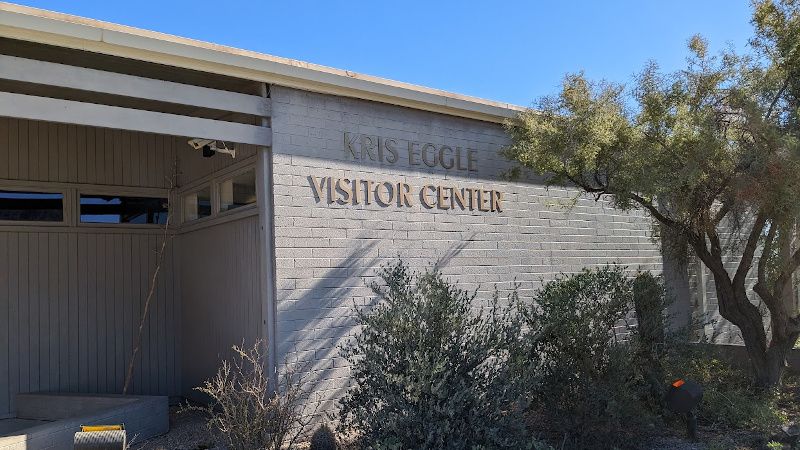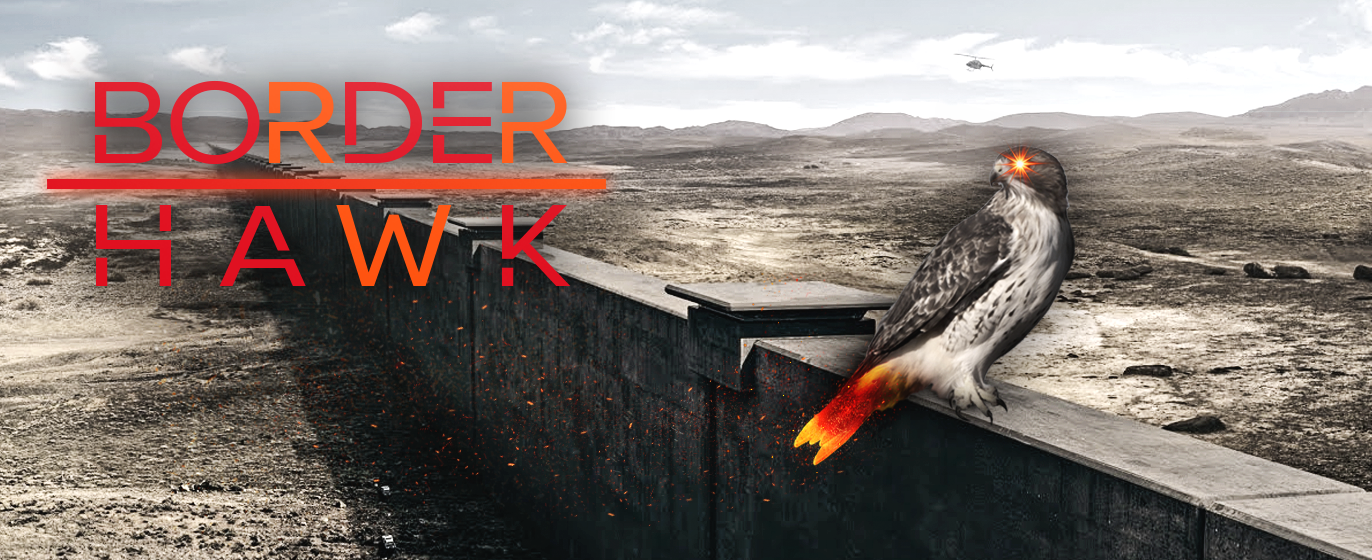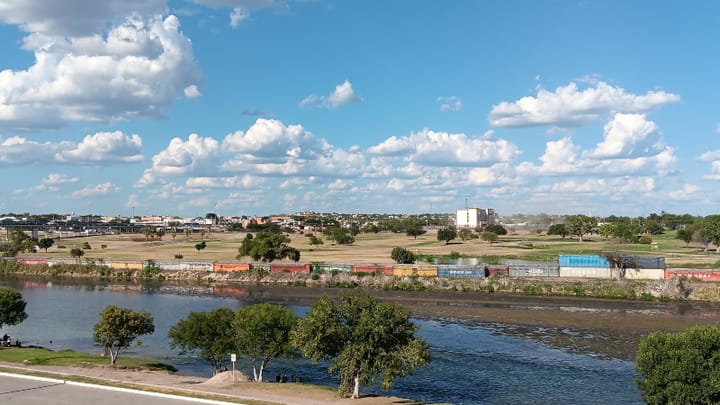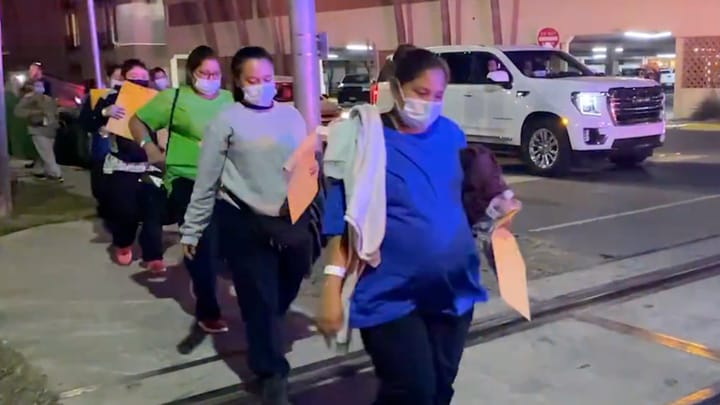Reflections on a Visit to the Southern Border

My younger son and I took a trip to the border last month to see what we could see.
We attended the TPUSA AmeriFest convention in Phoenix, Arizona. Afterwards, we headed to the border, with my son doing all the driving.
We drove to Yuma, Arizona, in the southwest corner of the state.
When we got there, it was still daylight, so we entered California. Why not?
We drove about 30 miles into California, viewing some pre-Trump border barrier construction. It was still in good shape.

All the border infrastructure we saw on our trip was still in good condition. However, the way our government manages the border is the problem.
After our foray into California, we returned to Yuma and spent the night there.
The city of Yuma is located in a bulge in the southwest corner of Arizona. From there you can go north to California, or west and south to Mexico.
The Guinness Book of World Records calls Yuma the “Sunniest City on Earth." This sunlit climate attracts tens of thousands of snowbirds, creating some massive RV parks.
Nowadays, of course, Yuma's strategic location makes it one of the many targets of the Biden Border Rush.
On the December evening when we visited Yuma, we drove through the city’s quaint downtown and what did I spy there? A Mexican consulate.
You’d think Yuma would be close enough to the border to not need a Mexican consulate, but there it is. In fact, there are a number of consulates in border cities.
There are currently 50 Mexican consulates in the United States. It’s the largest consular network in the world! Soon, two more will be added, in Oklahoma and New Jersey.
That’s more than enough.
Mexican consulates function as threats to American sovereignty, supporting illegal aliens, meddling in U.S. politics and encouraging Mexican-Americans to think of themselves as Mexicans – not Americans.
The next morning, my son and I traveled south. We visited the border wall near a little town called Gadsden, Arizona. I spoke to a local resident, an agricultural worker tending a field right by the wall.
I asked him if there were a lot of illegals passing through, and he said, “too much." Sounds like an apt description.
Continuing southwards, we arrived to San Luis, Arizona, and crossed the border into San Luis Rio Colorado, Mexico.
From San Luis Rio Colorado, we drove along the Mexican side of the border, heading east-southeast on Mexico's Highway #2. (See: Viewing the Border From the Other Side)
After about 120 miles, we reached the border town of Sonoyta where we crossed back into the U.S. at Lukeville, Arizona.
Back in the U.S.A., we traveled northward in the Organ Pipe Cactus National Monument Park.
About 5 miles north of the border, we stopped at the Kris Eggle Visitor Center.

Some readers may recall that Kris Eggle was a young park ranger killed by an illegal alien in 2002.
In front of the building is a small monument dedicated to Ranger Eggle’s memory.

It consists of a rock with a park ranger hat on it and a plaque which reads: “On August 9, 2002, while protecting visitors from harm, United States Park Ranger Kris Eggle was slain in the line of duty. His service and sacrifice to the National Park Service and the people of this country will never be forgotten.”
In addition, an information sign explains how Eggle was killed and reports that “new security infrastructure was added."

But now, two decades later, our entire border is under assault, with the full approval of our own government.
When we were in the visitor center, I overheard a conversation indicating the dangers of the park today.
An employee was speaking with a visitor. She told her that illegal aliens seeking asylum might be encountered in the park. In that case, she said, call 911.
Isn’t that pathetic?
Two decades after Ranger Kris Eggle’s death, the park, the border, and our entire country are under an attack that is facilitated and encouraged by our own government.
Where do Americans go to call 911?
And who would answer?
You can find more of Allan Wall's work at his website.
Visit BorderHawk.news




